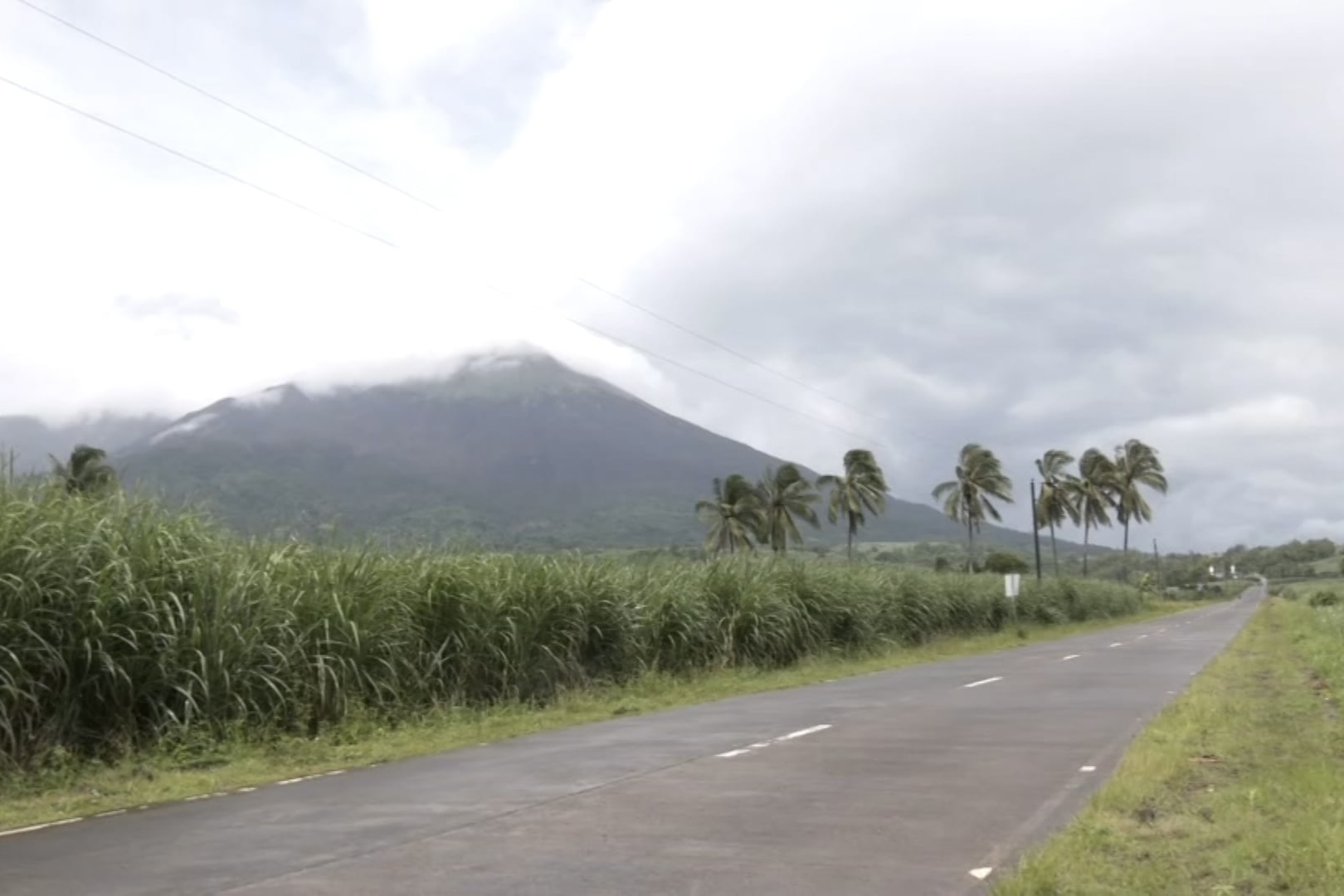Alert Level 2 (increased unrest) prevails over Mount Kanlaon, but raising the alert level is possible.
In the 12 a.m. advisory of PHIVOLCS on September 12, 2024, 79 volcanic earthquakes were recorded at Kanlaon. The data is based on a 24-hour monitoring.
However, the possibility of raising the alert level from Level 2 to Level 3 is high due to elevated volcanic sulfur dioxide (SO2) gas flux and volcanic-tectonic (VT) earthquakes being recorded.
According to the Mount Kanlaon Observatory of PHIVOLCS in La Carlota City, Negros Occidental, the probable escalation to Alert Level 3 will also expand the four-kilometer-radius permanent danger zone (PDZ) to six kilometers.
This means that residents within the six-kilometer-radius PDZ will be advised of a preemptive evacuation as well.
Residents in affected localities were already advised on the wearing of face masks to pad the ill effects of prolonged exposure to sulfur dioxide.
Earlier, the Local Government Unit of La Castellana, as well as barangays in La Carlota City near the volcano, have suspended classes in all levels until further notice.
Barangay officials have assisted the LGUs in informing residents on preparedness in the event of a mandatory evacuation.
An Alert Level 3 indicates high level of volcanic unrest that could lead to an eruption, according to PHIVOLCS.
“Ang ating S02 emission, pinakamataas na ito. Puwede nating ma-elevate sa Alert Level 3 na scenario. Puwede ring mag-expect na may magmatic intrusion na sa bulkan. Anytime pwede tayong magkaroon ng eruption which is dangerous siya sa mga tao na malapit sa bulkan,” said Engr. Mari Andylene Quintia, resident volcanologist at Kanlaon Volcano Observatory of PHIVOLCS.
Sulfur dioxide emission from Kanlaon Volcano reached over 11,000 tons on September 11, 2024.
"Volcanic sulfur dioxide (SO2) gas emission from the summit crater of Kanlaon based on campaign Flyspec measurements [on] 11 September 2024, averaged 11,556 tons/day," PHIVOLCS said in its advisory at 7 p.m. on September 11, 2024.
"This is the highest emission from the volcano recorded since instrumental gas monitoring began. Kanlaon has been degassing increased concentrations of volcanic SO2 this year at an average rate of 1,273 tons/day prior to the 3 June 2024 eruption, but emission since then has been particularly elevated at a current average of 3,565 tons/day," PHIVOLCS added.
Further, VT earthquakes recorded from midnight of September 10, 2024 to midnight of September 11, 2024 reached a total of 377 from a previously recorded 288, according to Ma. Antonia Bornas, chief science research specialist of the Volcano Monitoring and Eruption Prediction Division of PHIVOLCS.
"Ano po ang ibig sabihin nito, kapag meron pong kabit-kabit na volcanic-tectonic earthquakes? Maaari pong hudyat na gumagawa ng daanan o pathway ang magma para makaakyat sa taas ng bulkan, at kapag meron po tayong pagtaas ng sulfur dioxide, isa po ito sa maraming volcanic gases na nakapaloob sa magma, hindi po ito nakakatakas kapag ang magma ay malalim. Pero kapag ang magma ay bumababaw, nakakawala na po ang sulfur dioxide; ito po ay isang indikasyon na nagkakaroon po tayo nang pagbabaw ng magma, at isa po ito sa parameters bago pumutok ang bulkan," Bornas pointed out in an interview with GMA-7's "Balitanghali" on September 12, 2024.
In the latest report of the Department of Social Welfare and Development (DSWD) Region VI, the LGU of La Castellana has already conducted simulation exercises for response operations, as it has prepared evacuation centers and response vehicles.



